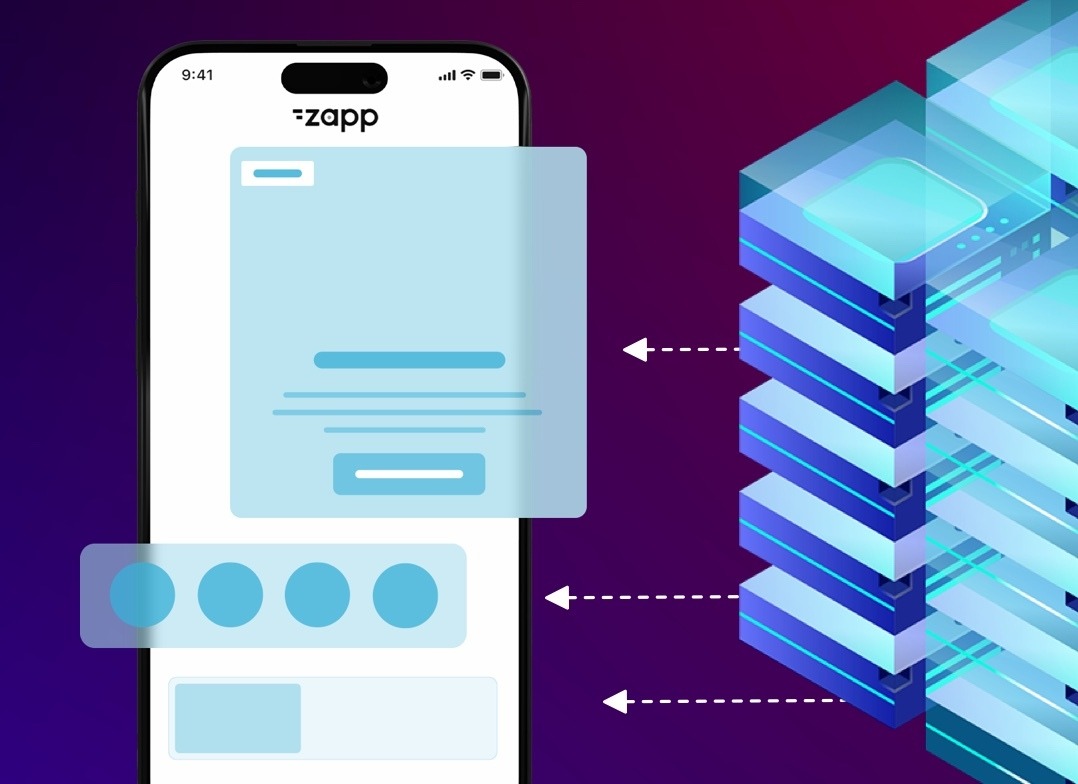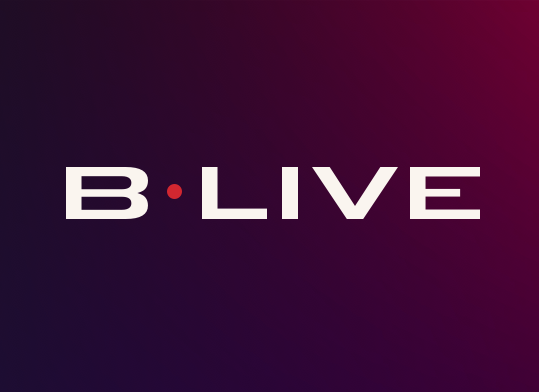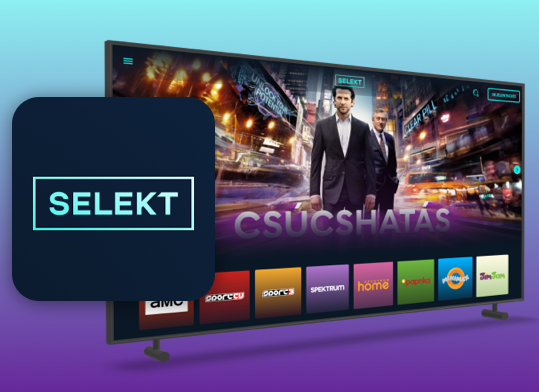What devices should I launch my apps on?
A common question we are asked at Applicaster by anyone launching TV apps is ‘What devices do you support’? While Applicaster’s Zapp, a SaaS lifecycle management platform for direct-to-consumer media applications, is designed to remove the traditional technical struggles of developing and supporting video apps on multiple mobile and TV platforms, your business model and marketing strategy are even more important to get right. So really the question needs to be turned around to ask, ‘What devices are important to you?’
For mobile devices common frameworks such as React Native coupled with the Zapp development environment makes both iOS and Android apps a no-brainer. When it comes to TV devices the discussion is a little more involved. Here we highlight some key considerations so that your app launch makes the best impact for all the right reasons.
Consideration 1: Analytics Overview
Applicaster deals with many broadcasters and OTT services who want to launch 2nd or even 3rd generation apps and so already have market coverage on a range of Smart TVs or connected devices. In which case your existing analytics is the first place to go to get a good overview of your marketplace and focus on the devices where you have most customers.
Consideration 2: Delivering the Best UX
But have a look out for any legacy devices (hardware) and operating systems (OS) that can no longer be supported and how many customers are affected.
- It is always a difficult decision to stop supporting a device and potentially lose customers but are you really able to deliver the best user experience with a new app on poorly performing and older platforms? Consider how you will inform and help transition affected customers to new platforms with sensitive marketing communications.
Consideration 3: Market Share
If you have previously only focused on connected devices such as Roku, AppleTV and Amazon Fire TV then what about Smart TVs?
- With Samsung TV being the worldwide #1 TV brand, according to Samsung, an app here will get you a significant market share in nearly all markets.
- The number two brand is typically LG but it does vary by territory, so see who is number two in your market. Between the first two market leaders you could expect approximately 35% coverage of Smart TVs.
- Your next big impact is going to be Android TV. This is increasingly being chosen as an OS by many TV brands such as Sony, Philips, and a host of others. Latest stats point to Android TV screens adding approximately another 10% market share amongst global Smart TVs and is increasing all the time.
- The recent addition of Roku and Amazon Fire TV screens, albeit a small share for now, together with everything we’ve discussed above, is going to take you to approximately 50% market share of Smart TVs, give or take regional variances.
- What about the other 50% of Smart TVs? This covers a significant number of brands but most are generally using a 3rd party app store centered around HTML5 and so from a technical aspect an app created here will give you coverage across brands. A developer’s caveat here: Not all browsers are created equal so there is always some fine tuning with the app store provider to ensure app performance in each circumstance.
If this is your first venture into the video app world then what about the well-known connected devices?
- For Apple TV, Roku and Amazon Fire TV it is most definitely a case of looking into your geographical market. According to research firm Strategy Analytics, Roku dominates in the USA but in Europe the balance of share between Apple TV and Amazon Fire TV does vary by country so a bit of research into your market base will help you make the right decisions for launch.
- Retail Android TV set-top boxes are out there such as Xiomi’s Mi Box and the NVidia Shield, but since its launch around 4 years ago Android TV has become an OS of choice for a significant number of Operators and so an app in the Google Play Store is going to get you onto most of these Operator set-top boxes. Some Operators do manage their own app store rather than Google Play Store and so have their own app distribution process but regardless, an Android app will work in this environment.
To conclude, an accurate market share figure is always hard to calculate. We’ve mentioned regional variation in device popularity, particularly in Europe but if you choose Applicaster you are covered. Apps created for one device using our Zapp family of frameworks and development tools can be up and running on other devices and ready for app store submission, allowing your business plan and marketing strategy to be in control, not the technology.




